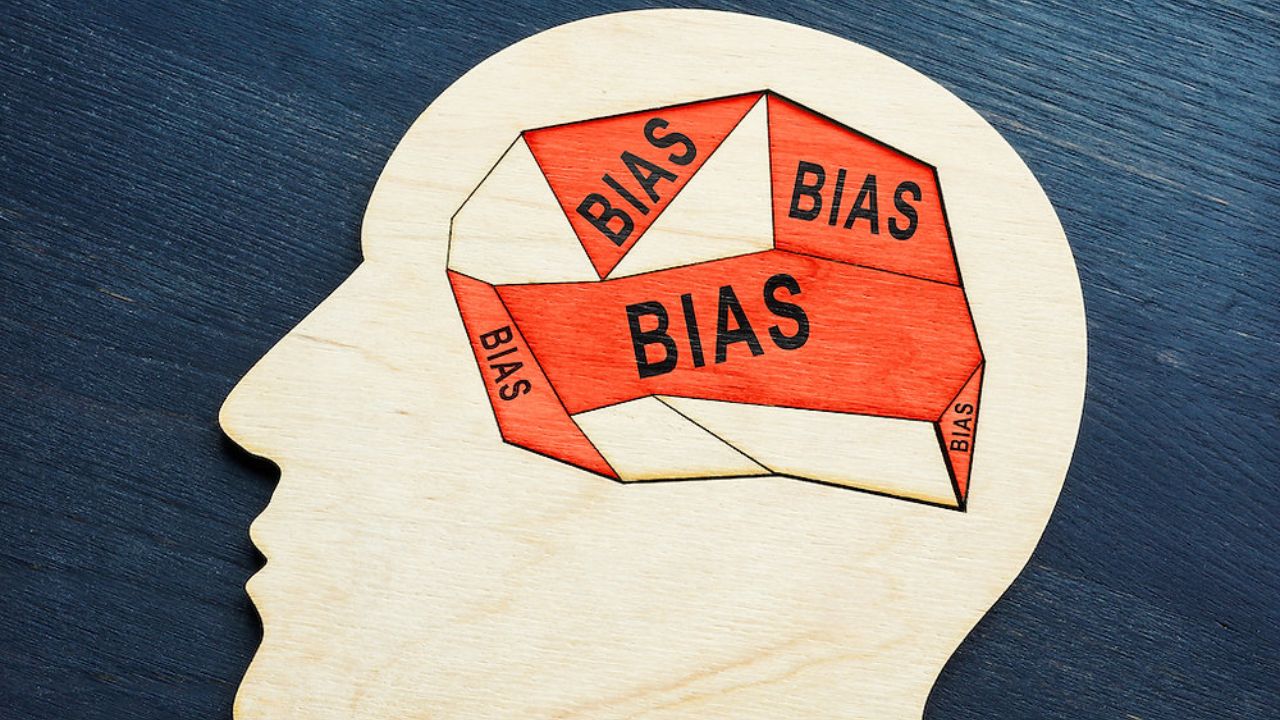The bane of biases: I knew it and it happened because of what happened before it.
“Post hoc, ergo propter hoc” and confirmation bias are two distinct yet interrelated cognitive errors that can lead to faulty reasoning.
‘Post Hoc, Ergo Propter Hoc’ is a Latin phrase meaning ‘after this, therefore because of this.’
It’s a logical fallacy that occurs when someone assumes that because one event happened after another, the first event must have caused the second.
This type of reasoning often leads to incorrect conclusions, mistaking correlation for causation based purely on sequence.
Confirmation Bias is the tendency to favour information that confirms one’s preexisting beliefs while disregarding or undervaluing information that challenges those beliefs. For instance, if someone believes that one brand of car is superior, they may focus on stories about that brand’s reliability while ignoring reports of issues, selectively interpreting information to fit their viewpoint.
The growth of social
Media bubbles is due to a combination of motivated consumption of content driven by confirmation bias and the algorithm’s ability to do this kind of content propagation presumptively and proactively.
These two biases can often work together and create a cycle of misinterpretation, where assumptions are reinforced without critical examination, ultimately leading to stronger but potentially inaccurate beliefs.
Recognizing these biases helps foster more objective, evidence-based decision-making.
The converse is an even worse situation which is ‘analysis paralysis’.
It can hinder effective marketing for several reasons:
When marketers spend excessive time analyzing data, it can lead to significant delays in launching campaigns or implementing changes. Marketing needs to be agile, especially in today’s fast-moving environment, and over-analysis can mean missed opportunities and lost relevance.
Losing focus on the big picture by diving too deep into minute details can make marketers lose sight of broader objectives and strategic goals. Over-analysis can shift focus toward optimizing small metrics that may not significantly impact the campaign’s effectiveness. Because you may imagine a causation, you end up dealing with inconsequential minutiae.
The cost of over-analysis can outweigh its benefits, draining resources that could be more effectively applied elsewhere in the marketing process.
There is a preference to “optimize” every detail based on minor data insights, leading to overly complex and micromanaged campaigns. This can result in losing the core message or diluting the brand’s voice, making the campaign confusing or less authentic.
Data-driven decisions are directionally essential, but over-reliance on data can stifle creativity and intuition—two critical elements in marketing.
Innovative campaigns often come from bold ideas rather than incremental optimizations, so data should complement, not replace, creativity.
Read More: Simply Speaking: Shorts #3 – Success – fluke or formula ?
Analysis doesn’t always reveal or predict consumer behaviour. In fact, data alone can sometimes misrepresent or fail to capture the nuances of consumer behavior, especially when it’s overly segmented or based on short-term metrics.
Over-analysis can lead to campaigns that focus too narrowly on past patterns rather than adapting to real-time, unpredictable shifts in consumer preferences.
Great marketing often blends data insights with gut feeling and market experience. Over-analyzing can crowd out these instincts, resulting in decisions that lack the human touch or miss emotional connection points that data alone can’t predict.
Paralysis by too many choices makes for conflicting insights ultimately leading to indecision and inaction. Instead of making bold moves, workouts can end up in endless discussions and re-evaluations, ultimately stalling progress and reducing the impact of campaigns.
While data is an invaluable tool, effective marketing strikes a balance between data analysis and timely decision-making, creativity, and intuition. Avoiding over-analysis enables marketing teams to remain agile, respond to trends quickly, and maintain a strong, clear brand voice that resonates with audiences.
Shubhranshu Singh is CMO, Tata Motors CVBU. He writes Simply Speaking, a column on Storyboard18. Views expressed are personal.
